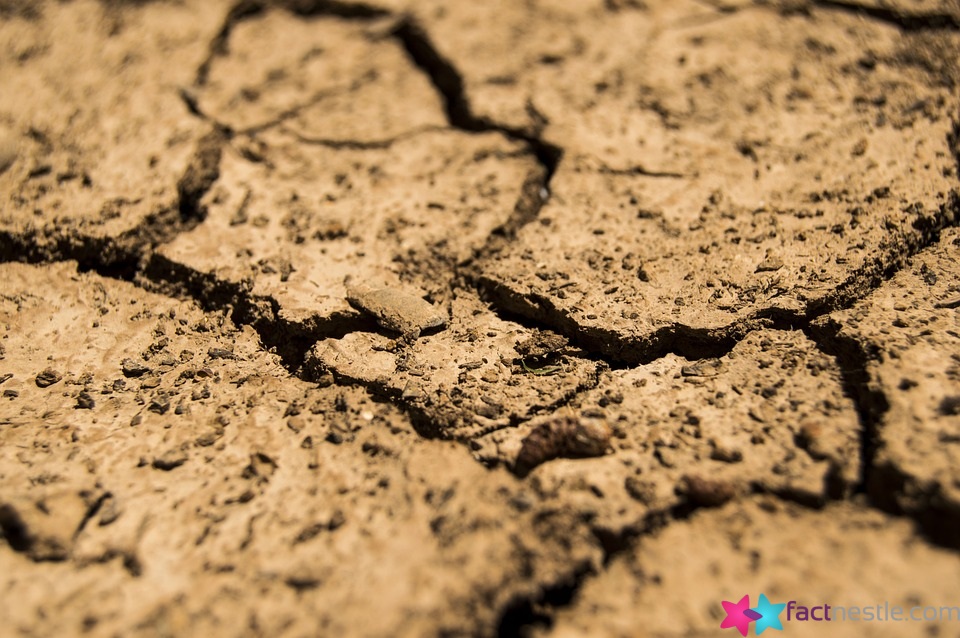Introduction
Dive into the Deep: Exploring Earth’s Oceans and Marine Life is an exhilarating and awe-inspiring experience that allows us to discover the mysteries that lie beneath the surface of our planet’s vast oceans. With over 70% of the Earth’s surface covered by water, the oceans are home to a diverse array of marine life, from tiny plankton to massive whales. This article will take you on a journey through the depths of the ocean, exploring the wonders of marine ecosystems and the fascinating creatures that inhabit them.
The Importance of the Ocean
1. Ecosystem Diversity
The oceans are home to a wide variety of ecosystems, ranging from coral reefs to deep-sea hydrothermal vents. These diverse habitats support a rich array of marine life, including fish, mammals, birds, and invertebrates.
– Coral Reefs
Coral reefs are some of the most biodiverse ecosystems on the planet, hosting thousands of species of fish, corals, and other organisms. They provide important habitat for marine life and protect coastlines from erosion.
– Deep-Sea Vents
Deep-sea hydrothermal vents are unique ecosystems that support life in the absence of sunlight. These vents are home to bizarre creatures like giant tube worms, which rely on chemosynthesis rather than photosynthesis for energy.
2. Climate Regulation
The oceans play a crucial role in regulating the Earth’s climate by absorbing heat and carbon dioxide from the atmosphere. They also act as a buffer against climate change by storing excess heat and carbon, helping to modulate the planet’s temperature.
– Ocean Circulation
Ocean currents transport heat and nutrients around the globe, influencing regional climates and weather patterns. These currents also play a key role in distributing nutrients to marine ecosystems.
– Carbon Sequestration
The oceans absorb a significant amount of carbon dioxide from the atmosphere, helping to mitigate the effects of climate change. This process, known as carbon sequestration, removes carbon from the environment and stores it in the deep ocean.
Exploring Marine Life
1. Marine Mammals
Marine mammals are a diverse group of animals that have adapted to life in the ocean. From whales and dolphins to seals and sea lions, these creatures display a range of fascinating behaviors and adaptations.
– Whales
Whales are some of the largest animals on Earth, with species like the blue whale reaching lengths of over 100 feet. These giants of the sea use echolocation to communicate and navigate underwater.
– Dolphins
Dolphins are highly intelligent and social animals that live in pods or groups. They are known for their playful behavior, acrobatic displays, and complex social structures.
2. Coral Reefs
Coral reefs are vibrant and colorful ecosystems that provide habitat for a wide variety of marine life. These underwater cities are made up of millions of tiny coral polyps, which build massive structures over thousands of years.
– Coral Polyps
Coral polyps are tiny animals that secrete calcium carbonate to build their hard skeletons. These structures provide shelter and food for many other organisms, creating a complex and interconnected ecosystem.
– Coral Bleaching
Coral bleaching is a phenomenon caused by environmental stress, such as high water temperatures or pollution. When corals bleach, they expel the algae living in their tissues, turning them white and leaving them vulnerable to disease.
Conclusion
In conclusion, diving into the deep and exploring Earth’s oceans and marine life is a truly remarkable experience that allows us to witness the wonders of the natural world. From the breathtaking beauty of coral reefs to the majestic presence of whales, the oceans are teeming with life and hold secrets waiting to be discovered. By protecting and preserving these precious ecosystems, we can ensure that future generations have the opportunity to marvel at the incredible diversity of marine life that calls the ocean home.
FAQs
1. Why are coral reefs important?
Coral reefs are important because they provide habitat for a wide variety of marine life, protect coastlines from erosion, and support local economies through tourism and fishing.
2. How do whales communicate?
Whales communicate using a variety of vocalizations, including songs, clicks, and whistles. They use echolocation to navigate and find food in the dark depths of the ocean.
3. What is the largest marine mammal?
The blue whale is the largest marine mammal, reaching lengths of over 100 feet and weighing up to 200 tons. These giants of the sea are filter feeders that consume massive amounts of krill.
4. How do deep-sea vents support life?
Deep-sea vents support life by releasing mineral-rich fluids into the ocean, which provide energy and nutrients for unique organisms like giant tube worms and vent crabs.
5. What is coral bleaching?
Coral bleaching is a phenomenon caused by environmental stress, such as high water temperatures or pollution, which causes corals to expel the algae living in their tissues and turn white.
6. What is carbon sequestration?
Carbon sequestration is the process by which the oceans absorb carbon dioxide from the atmosphere, helping to mitigate the effects of climate change by removing carbon from the environment.
7. How do dolphins communicate?
Dolphins communicate using a variety of vocalizations, body postures, and behaviors. They are highly social animals that live in pods and have sophisticated communication systems.
8. What is the main threat to coral reefs?
The main threats to coral reefs include climate change, pollution, overfishing, and habitat destruction. These factors can damage or destroy coral reefs and the marine life that depends on them.
9. How can we protect the oceans?
We can protect the oceans by reducing our carbon footprint, using sustainable fishing practices, reducing plastic pollution, creating marine protected areas, and supporting conservation efforts.
10. Why are oceans important for the planet?
Oceans are important for the planet because they regulate the climate, provide habitat for marine life, supply food and resources for human populations, and support the health of ecosystems worldwide.

